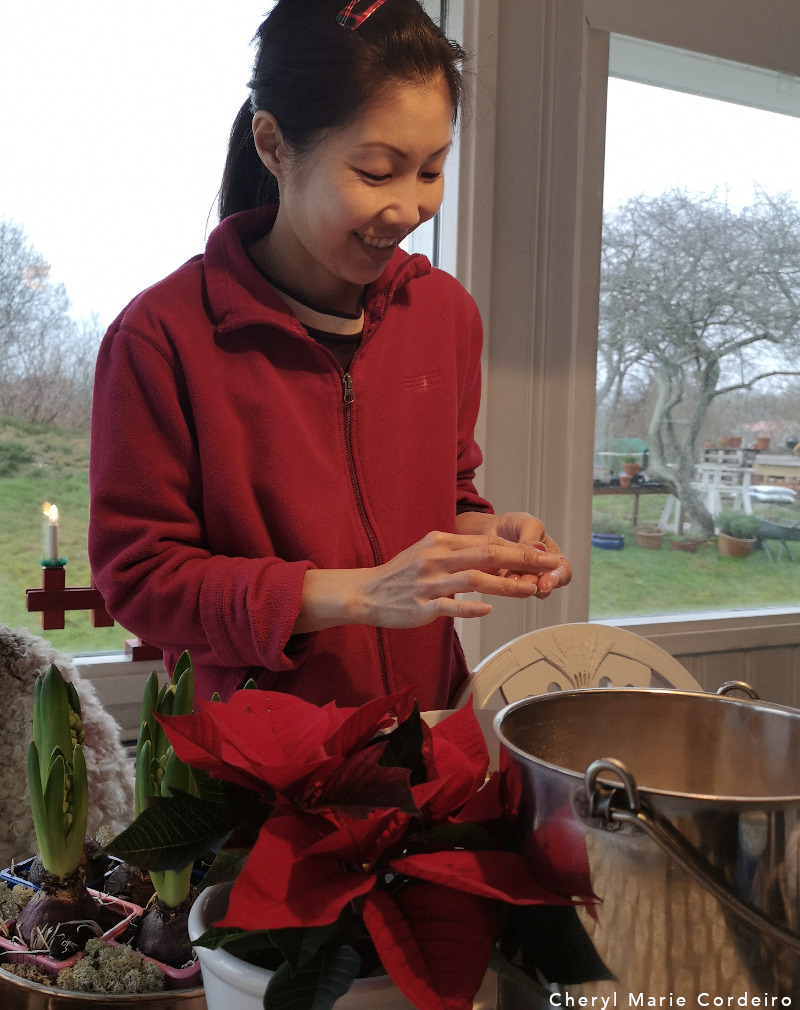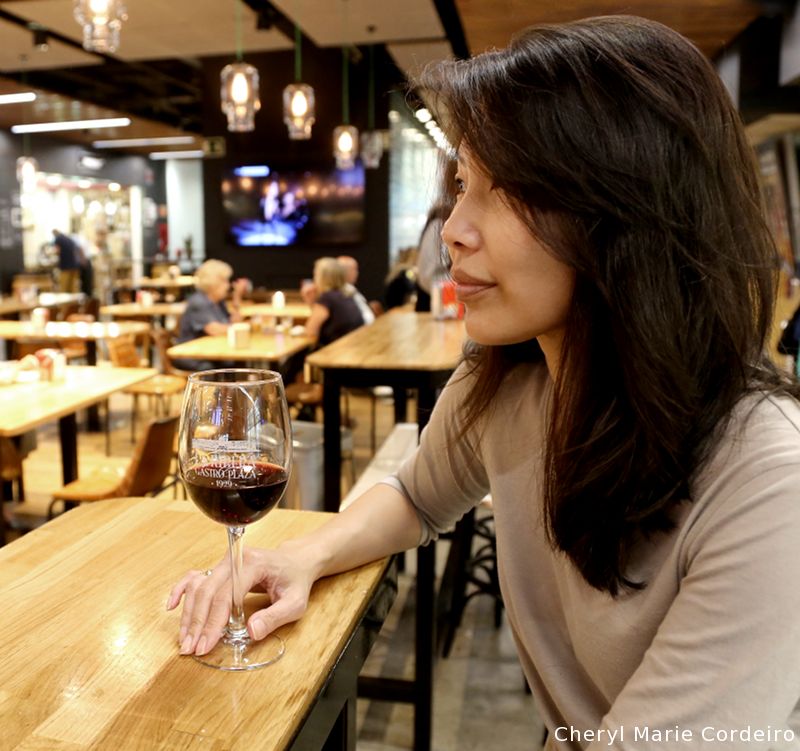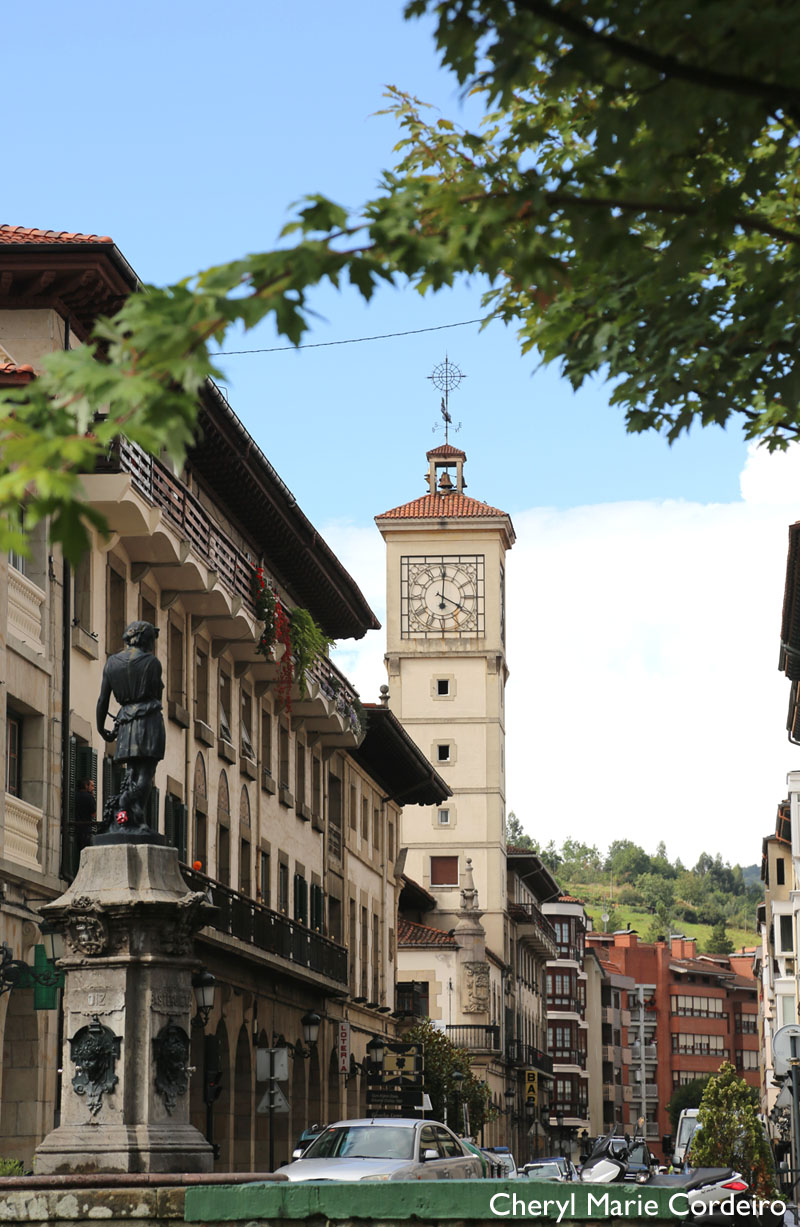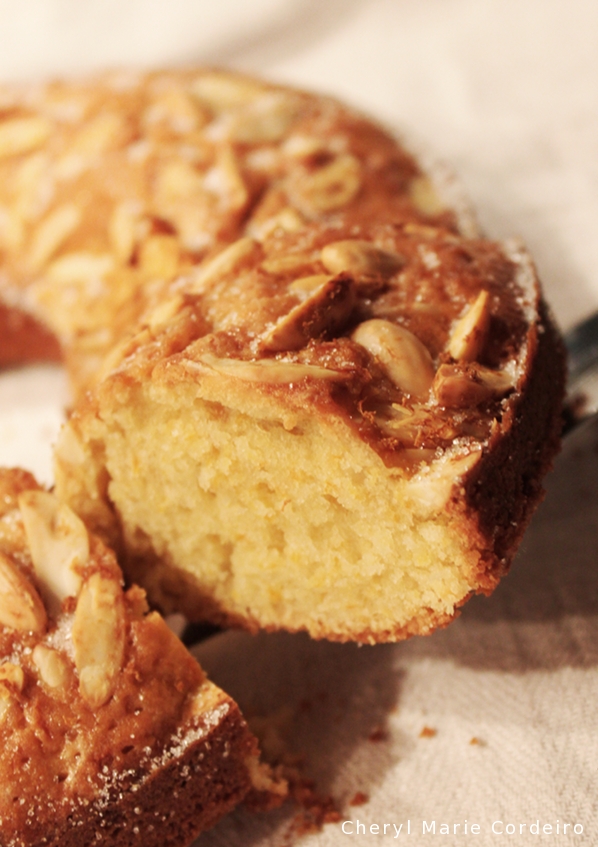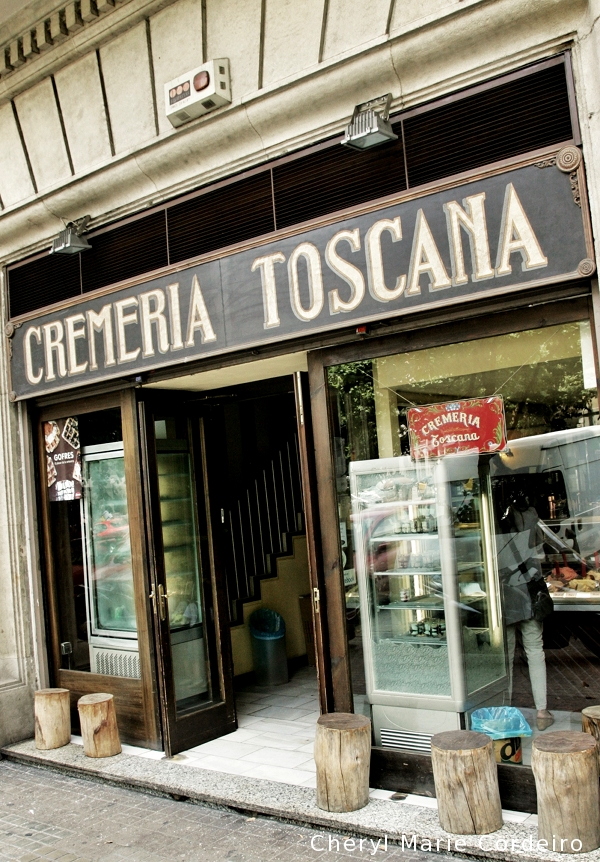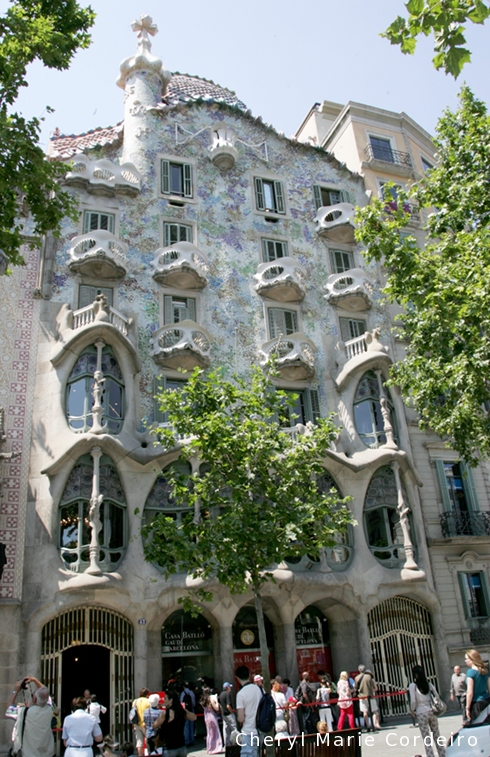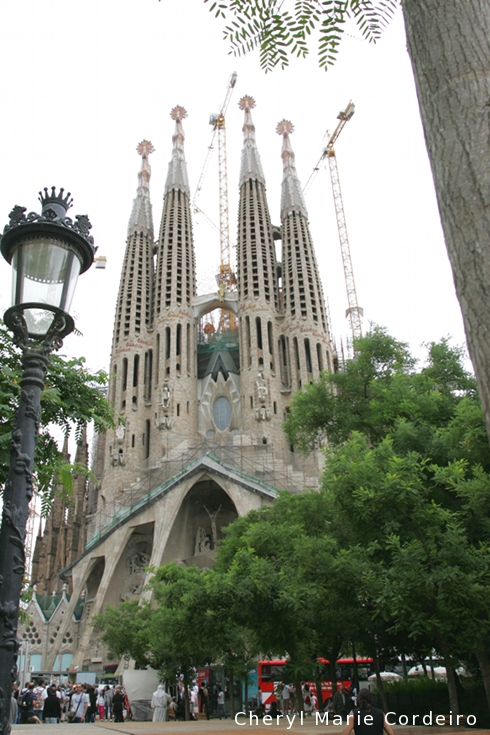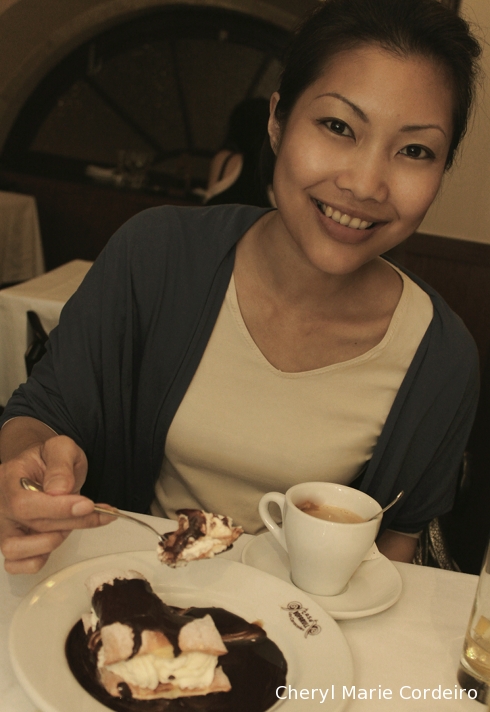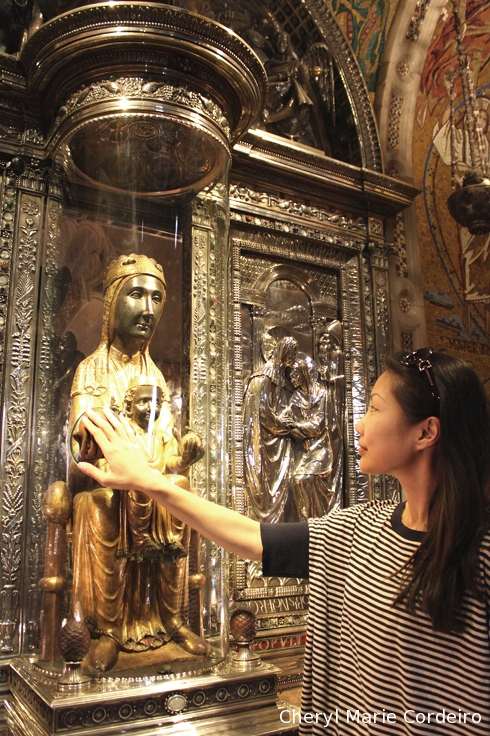Making pineapple tarts in semblance of Spanish ‘Pieces of Eight’ colonial ‘pirate money’ or cob coins, to the value of eight reals, along the west coast of Sweden.
Text & Photo © CM Cordeiro & JE Nilsson 2020
Pineapple tarts, the making.
I last wrote about making pineapple tarts in March 2010. My thoughts then were focused on the method of making pineapple tarts. The open-faced tarts with a cross over the top was something I grew up learning to make in the Eurasian household. As a child, I remember that there were many more rules from my mother about how to make pineapple tarts. It had to be shaped in a certain manner, crossed over the top and pinched over the crosses in a certain manner. I thought these were rules of good, and proper baking. I was never told why we made tarts in the semblance of a coin with a cross on top. I always thought it was a show of kitchen craftsmanship and that you tried to make the tart as pretty as possible.
Continue reading “Pineapple tarts and pirate coins Pieces of Eight”
